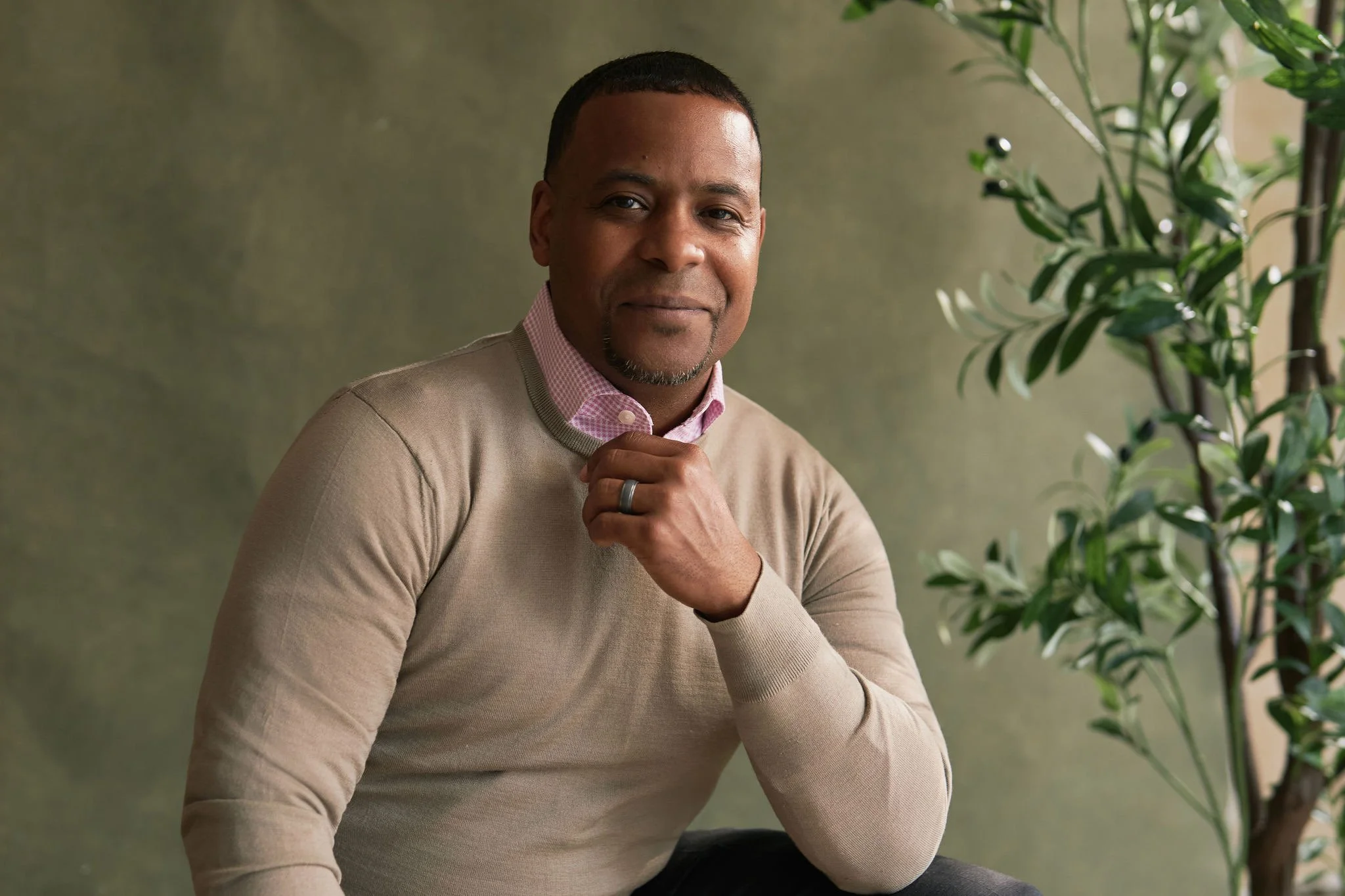Crown & Shadow: The Pawn — Becoming Through Burden
The Pawn begins as the weakest piece on the board. But in her slow, steady march lies the possibility of becoming anything.
By Germar Reed
The Pawn is the smallest figure in chess.
She moves only one square at a time. She cannot leap like the Knight, or sweep like the Queen, or guard like the Rook. Her advance is slow, her reach limited. She is often sacrificed, given up to protect greater powers.
And yet, the Pawn carries the board’s greatest secret.
If she survives the long march to the other side, she transforms. She can become a Queen, a Rook, a Bishop, even the power she once served. The humblest piece holds the potential for the most radical metamorphosis.
The Pawn archetype is not about weakness. It is about becoming. She is proof that beginnings do not define endings, that movement, even small and uncelebrated, can culminate in transformation.
The Pawn’s Burden
The Pawn’s journey is not glamorous.
He carries risk without protection. He moves first, often into danger, clearing the way for others. He is rarely remembered for victories, yet he absorbs the losses that make them possible.
This is the Pawn’s burden: he is the expendable one. The one most easily overlooked. The one whose value is only recognized when he has endured long enough to reach his potential.
In life, the Pawn archetype appears as the worker, the student, the beginner. He is the young employee grinding in anonymity, the activist who sacrifices without recognition, the child who grows into responsibility through trial.
His gift is persistence.
His power lies in patience.
The Pawn’s Shadow
Every archetype has a shadow. For the Pawn, it is resignation.
Because she begins small and exposed, the Pawn can mistake humility for helplessness. She may accept her role as expendable and never risk the march forward. She may collapse into victimhood, believing the board is stacked against her and always will be.
The shadow of the Pawn is surrender, the quiet erosion of possibility through despair.
The Strength in Transformation
Yet when the Pawn moves, she reminds us of something no other piece can: growth.
The King cannot change. The Queen cannot become anything else. The Rook, Bishop, and Knight remain what they are. Only the Pawn can be reborn.
This is why her journey matters. Every step forward is not just survival, it is investment in a future identity. Every square crossed is a quiet refusal to stay small. Her strength is not in what she begins as, but in what she can become.
In history, the Pawn archetype appears in every story of resilience: the peasant who rose to lead, the immigrant who built new life from nothing, the overlooked who became indispensable.
Her movement is slow. Her burden is heavy. But her destination is extraordinary.
Hidden Pawns
Not every Pawn reaches the far side of the board. But every Pawn carries the possibility.
You can recognize them in everyday life, the ones who work quietly, who endure, who keep moving despite invisibility. They may not look powerful. But they carry within them the most radical form of power: the power to change into something else entirely.
The Pawn is the reminder that no position is fixed. That progress is not measured by speed, but by persistence. That the smallest figure, moving one square at a time, may one day become the most powerful force on the board.
The Pawn is not just a sacrifice.
He is the promise of transformation.
Closing the Archetype Cycle
The King holds.
The Queen moves.
The Bishop sees.
The Knight disrupts.
The Rook protects.
The Pawn becomes.
Together, they form the board, not just of chess, but of life, leadership, and human possibility.
The question is not which piece you admire.
The question is which piece you are becoming.
About the Author
Germar is a strategist, storyteller, and student of archetypes. He writes at the intersection of leadership, emotional intelligence, and symbolic power, seeking not to impress, but to illuminate.
His work draws from myth, philosophy, and the quiet disciplines of presence. He believes that true influence begins not with charisma, but with character. You can follow his work at GermarReed.com


